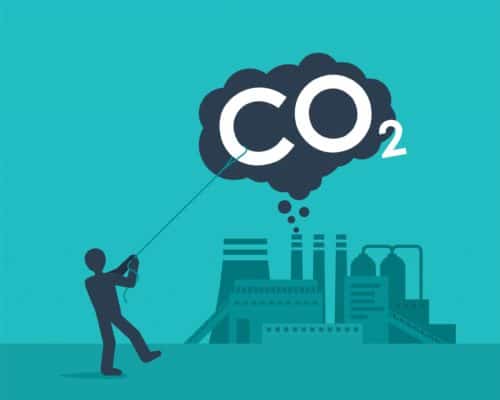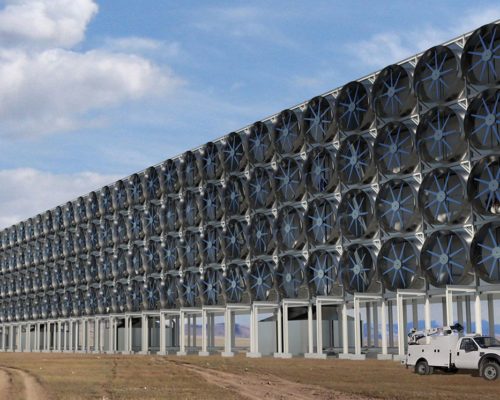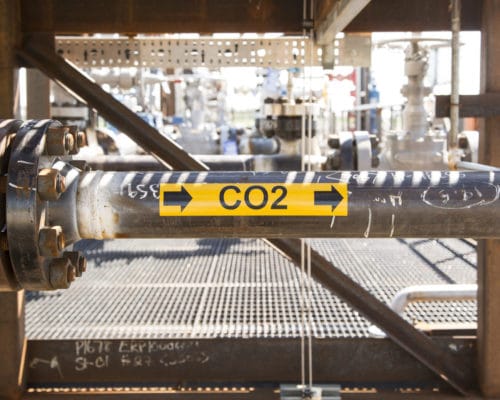carbon capture

Top 10 Carbon Capture Companies in 2024
The carbon capture market is growing. This demand is being met by a variety of companies, ranging from startups to established fossil fuel giants. This trend will likely continue as the technology becomes more efficient and adoption continues to increase.

Carbon Capture Technology And How It Works
Carbon capture technology has come a long way over the past several decades, but it is still in the early stages of adoption. As a result, there are only three main types of carbon capture being used, with several new technologies currently in development. As carbon capture becomes more efficient, it will have a growing role to play in the world's low-carbon future.

3 Top Carbon Capture Stocks in 2024
Publicly traded carbon capture companies range from startups to established fossil fuel majors. The industry is still fairly young, but market predictions show that carbon capture technology will grow significantly over the next several decades. For investors, this provides the opportunity to support the energy transition while investing in a possibly lucrative industry.

Energy Transition Technologies: Deficiencies of the Japan-led Guidelines
Recent guidelines on transition technologies for Asia, influenced by Japanese energy policies, promote CCUS and ammonia co-firing in the power sector. As a result, they risk derailing the decarbonisation efforts of SEA countries and the financing institutions investing in transition technologies.
Are Exxon’s Asian Carbon Capture Intentions Genuine?
Exxon's carbon capture plans are grand. They hinge on developing an extensive CCS network centred in Singapore, connecting with the surrounding countries. Ultimately, this will facilitate the adoption of carbon capture in Southeast Asia and place Exxon at the centre of this growing market.
How Iceland is Capturing and Storing Carbon Forever
Climeworks' Orca carbon capture facility in Iceland is an example of how to implement renewable-powered direct air capture(DAC) technology. It should be seen as a blueprint for similar projects around the world. However, DAC is still an expensive proposition, and it will fall on governments to support the industry as the technology improves and costs decline.

Top Carbon Capture Projects in 2022
Carbon capture has seen a steady increase over the last several decades. The largest concentration of CCS facilities is currently found in North America, but several other regions are pushing to increase their capacity over the next decade. Carbon capture has yet to see widespread implementation, but as the technology improves and costs decline, we expect to see its adoption increase.

Carbon Capture: Can This Technology Save Our Future?
Carbon capture technology is being implemented across the world. For hard-to-decarbonise industries, this is a potential pathway to remove unavoidable emissions. But, the question remains: what role should carbon capture play in other industries? Some experts see carbon capture as a distraction from the wide-scale adoption of renewables and a way for companies to maintain a "business-as-usual" approach.
Most Popular
Categories
-
9
-
33
-
126
-
4
-
17
-
43
-
52
-
11
-
10
-
15
-
24
-
6
-
6
-
247
-
195
-
13
-
23
-
1
-
1
-
23
-
38
-
41
-
84
-
18
-
81
-
41
-
17
-
10
-
40
-
43
-
86
-
284
-
21
-
39
-
35
-
10
-
41
-
36

